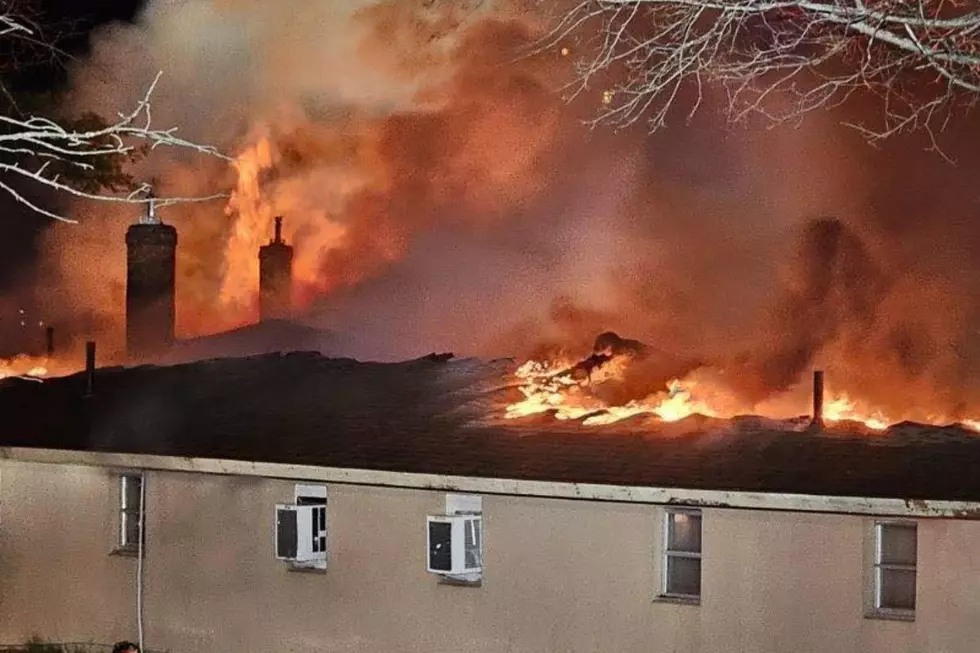
Lightning Safety Awareness Week, Day 2: Lightning’s Most Deady Activities
June 20th through 24th is Lightning Safety Awareness Week in Maine. This week, the National Weather Service Office in Caribou and NOAA are stressing the need for public information on lightning and lightning safety.
LIGHTNING'S MOST DEADLY ACTIVITIES
If you're outside when a thunderstorm is in the area, you're at risk of being struck and potentially killed or seriously injured by lightning. However, there are some activities that lead to more lightning deaths and injuries than others.
In the past nine years, leisure activities led to almost two thirds of the lightning fatalities in the United States.
Water-related activities, and particularly fishing, contributed most to the fatalities. Since 2006, 33 people who had been fishing died as a result of lightning.
Boating and beach activities also contributed significantly to the death toll. In most cases, victims simply waited far too long before starting to seek shelter.
When it comes to water-related activities, these are important things to remember:
- Always have a plan so that you can get to a safe place before the storm arrives.
- Head to that safe place immediately if you see any signs of a developing or approaching thunderstorm. Don't hesitate.
Question of the day:
If water activities are so dangerous, why don't all the fish in a pond or lake get killed when lightning strikes the water?
Answer: When lightning strikes water, most of the discharge occurs along the surface of the water. Since most fish swim well below the water surface, they are safe. However, people normally swim along the surface of the water and can easily be killed by a lightning discharge.
Lightning: What You Need to Know
- NO PLACE outside is safe when thunderstorms are in the area!!
- If you hear thunder, lightning is close enough to strike you.
- When you hear thunder, immediately move to safe shelter: a substantial building with electricity or plumbing or an enclosed, metal-topped vehicle with windows up.
- Stay in safe shelter at least 30 minutes after you hear the last sound of thunder.
Indoor Lightning Safety
- Stay off corded phones, computers and other electrical equipment that put you in direct contact with electricity.
- Avoid plumbing, including sinks, baths and faucets.
- Stay away from windows and doors, and stay off porches.
- Do not lie on concrete floors, and do not lean against concrete walls.
Last Resort Outdoor Risk Reduction Tips
If you are caught outside with no safe shelter anywhere nearby the following actions may reduce your risk:
- Immediately get off elevated areas such as hills, mountain ridges or peaks
- Never lie flat on the ground
- Never shelter under an isolated tree
- Never use a cliff or rocky overhang for shelter
- Immediately get out and away from ponds, lakes and other bodies of water
- Stay away from objects that conduct electricity (barbed wire fences, power lines, windmills, etc.)
Topics still to come:
WEDNESDAY - Lightning Safety and Sports Activities
THURSDAY - Lightning Safety At Work
FRIDAY - Lightning Safety Around The Home
For additional information about lightning or lightning safety, visit NOAA's Lightning Safety Awareness web site
More From









